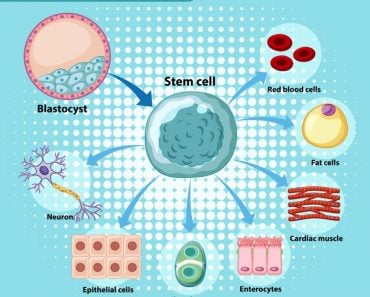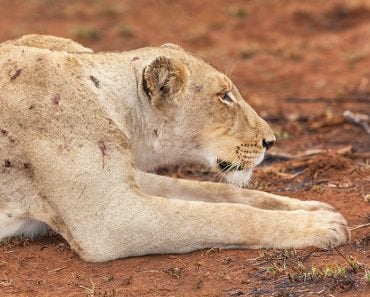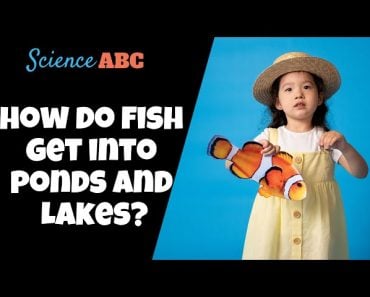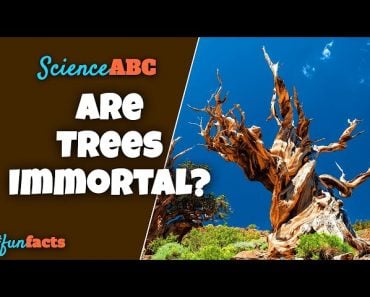Animals like the axolotl, hydra, and planaria can regrow entire body parts if they’re cut off. They do this thanks to a pool of stem cells that can divide into any cell of the body, and by staying youthful, a.k.a., keeping developmental pathways on. Most mammals, humans included, don’t have these two features, which prevents us from regrowing an arm.
The critically endangered axolotl is found in only two lakes in the entire world, both in close proximity to Mexico City.
The axolotl drifts along in these freshwater lakes, preying on small fish and mollusks. Its trademark smiling mouth opens wide and sucks water by vacuum into its mouth, drawing in prey. Close to the surface, a heron snaps at the axolotl, and the axolotl darts away leaving only an arm in the heron’s mouth.
A months later, the arm is back, as if nothing ever happened.
All across the animal kingdom, from cockroaches to crickets, axolotls to anemones, regeneration is possible—and common. How do so many organisms heal so incredibly, and why does our healing pale in comparison?
Recommended Video for you:
How Are Regeneration And Healing Different?
Regeneration is essentially super-powered healing. Imagine you have a deep cut. In most scenarios, the gash will be bridged by scar tissue that is raised, tough, and not as good as the original. If any mammal loses a limb, all that will remain is a nub covered in scar tissue. Regeneration is a process of healing that mimics the original element of the body when something is lost, both in appearance and functionality.

How Does The Axolotl Grow Back An Entire Limb?
The axolotl is possibly the greatest of all regenerators. It can regenerate limbs, tails, large segments of its spinal cord, heart tissue, and even immensely complicated and interconnected neural tissue.
Imagine a single cell surrounded by other cells. Where is it? Your thumb. How does that single cell in your thumb know that it’s in your thumb, in your body, somewhere in the world, as you scroll through this article? It doesn’t! All it knows is the other cells that exist around it. This is an especially serious problem if you’re part of the blastema, which is responsible for growing back a limb—how do you know how to reform something that is already gone?
There is a sequence of events that needs to take place when an axolotl loses a limb. First, the axolotl needs to stop the blood loss. It does this by forming a little cap over the wound, composed of rapidly dividing cells, known as a blastema. This little clump of cells needs to regrow all the way to an entire limb. To do this, it needs to find its orientation again—an axis.
The axes work through chemicals known as morphogens. Specific cells are sources of different morphogens. The closer a cell is to the source of a particular morphogen, the more concentrated the morphogen is. Cells know how to recognize this concentration, known as a morphogen gradient. If there is more than one morphogen, that’s even better! Two morphogens are like x and y axes on a graph. The concentrations are the coordinates, and by knowing your coordinates, a single cell can situate itself within an entire limb.
When an axolotl is injured, the genes that code for morphogens are switched on.
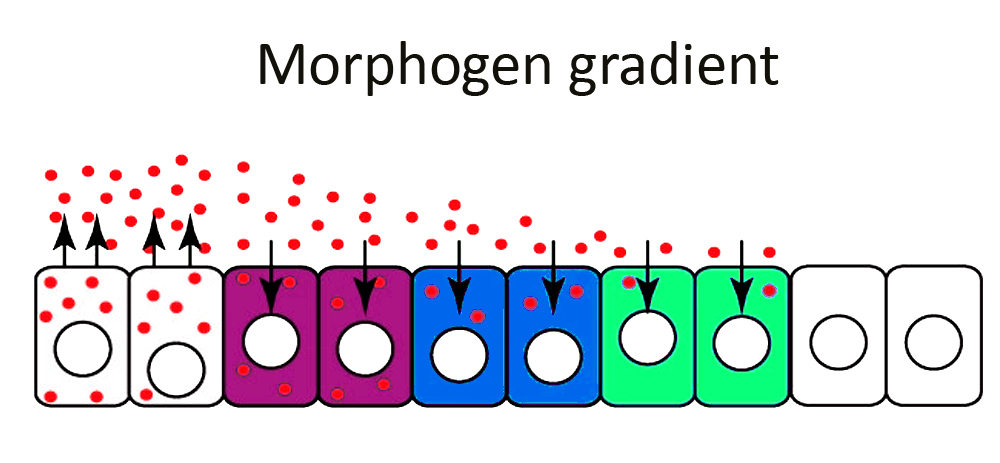
Caption: The concentration of a morphogen decreasing further away from the source. This is the morphogen gradient.
The third step is sending stem cells to the rescue. Cells that make up the heart or lungs or skin are as different as the organs themselves. Stem cells are undifferentiated, and have the potential to become anything. In the axolotl, stem cells migrate to the blastema, and with the help of morphogens, the undifferentiated stem cells slowly become bone, skin, nerve and muscle.
Axolotls are special because they exhibit a characteristic known as neoteny. The axolotl retains juvenile features, such as external gills, into adulthood. They also never stop growing. Unlike other amphibians, they do not undergo metamorphosis. Pathways of development and growth typically “switch off” in adulthood, and are difficult to turn back on. However, neoteny and metamorphosis mean these pathways are never switched off. These two characteristics mean that developmental pathways that should be inactive in adulthood never switch off. In other words, growing back a limb is easier if the axolotl remembers how it grew it in the first place! In addition, axolotls retain a high population of stem cells, typically characterized by youth.
How Does Hydra Grow Back Its Entire Body From A Single Cell?
As incredible as the macroscopic regrowth of a limb can be, the microscopic world has its own wonders of regeneration.
Hydra is a small freshwater organism. It has tentacles that drift in the water, ready to snap up prey. A small, tubular body then digests this prey.
Fascinatingly, the entire hydra can regrow from a single cell within six days! The single cell begins by dividing. It then divides itself into two layers: the internal and the external. Each of these layers possesses its own morphogen gradient, helping the cells sort themselves. In addition to morphogens, specialized cells known as organizers also help physically pull cells into the right place. These cells produce actin filaments, which act as mechanical arms, dragging cells into the right place and helping the hydra come back to its original pattern.
Hydra also has an incredible stem cell population that addresses injuries more minor than being reduced to a single cell.
Like the axolotl, hydra grows throughout its lifespan. It also reproduces asexually, forming buds that eventually detach from the parent and become its offspring. Since the developmental pathways that perform both these functions are continually active, hydra can regenerate with ease.

Planaria is a small, freshwater flatworm that follows a similar pathway to regeneration as the hydra. Although it needs 10,000 cells rather than a single cell to grow back, this is equally impressive, as Planaria is about ten thousand times larger. Another feature of Planaria that might help it regenerate so easily is its plasticity. Even in adulthood, these worms manipulate their body size in response to nutrient availability in an ecosystem. A smaller body needs less food after all!

Why Can’t Humans Regenerate?
Humans actually can regenerate… but there’s a catch.
When we are toddlers, we can grow back fingers from the final knuckle, but this ability goes away as we grow up. These digit tips are fully functional too! We can regenerate in our youth because the developmental pathways responsible for growth are still turned on. As we reach adolescence, we stop growing, making it more difficult to grow back limbs and tissues. All mammals are bad at regeneration. Compared to flatworms, reptiles and amphibians, our ability to regenerate is pathetic!
Humans also have a scarcity of stem cells. In adulthood, the only stem cells we have are within our bone marrow. Our stem cells are already partially differentiated and can only form different kinds of blood cells. We can’t turn these stem cells into nerves or bones; they can only make blood.
Newer research is constantly ongoing in the field of human stem cells. Embryonic stem cells, for example, have massive potential. Stem cells can truly revolutionize the field of medicine. We could heal from any injury, grow back lost legs or arms, grow organs from scratch for transplants, or even reverse aging and become immortal. Safe to say, we’d surpass even the axolotl, though to regenerate like Hydra and Planaria seems downright impossible for mammals, no matter what the future holds!
References (click to expand)
- Shieh, S., & Cheng, T. (2015, August). Regeneration and repair of human digits and limbs: fact and fiction. Regeneration. Wiley.
- Bando, T., Mito, T., Hamada, Y., Ishimaru, Y., Noji, S., & Ohuchi, H. (2018). Molecular mechanisms of limb regeneration: insights from regenerating legs of the cricket Gryllus bimaculatus. The International Journal of Developmental Biology. UPV/EHU Press.
- Vogg, M. C., Galliot, B., & Tsiairis, C. D. (2019, November 1). Model systems for regeneration: Hydra. Development. The Company of Biologists.
- Ivankovic, M., Haneckova, R., Thommen, A., Grohme, M. A., Vila-Farré, M., Werner, S., & Rink, J. C. (2019, September 1). Model systems for regeneration: planarians. Development. The Company of Biologists.
- Rink, J. C. (2012, November 9). Stem cell systems and regeneration in planaria. Development Genes and Evolution. Springer Science and Business Media LLC.
- Rink, J. C. (2018). Stem Cells, Patterning and Regeneration in Planarians: Self-Organization at the Organismal Scale. Methods in Molecular Biology. Springer New York.
- Dolan, C. P., Dawson, L. A., & Muneoka, K. (2018, February 5). Digit Tip Regeneration: Merging Regeneration Biology with Regenerative Medicine. Stem Cells Translational Medicine. Oxford University Press (OUP).


